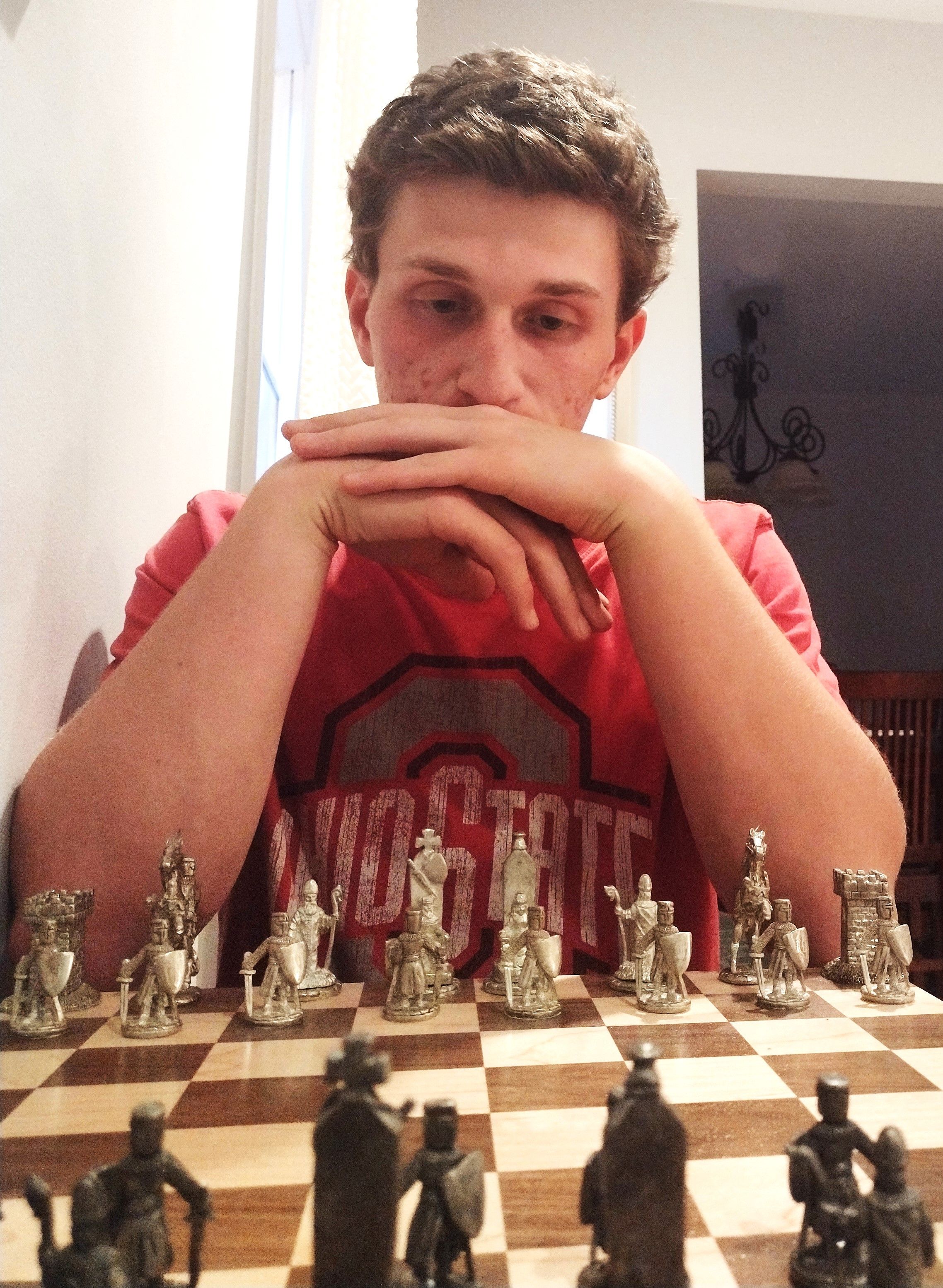
Should intermediate players play the Najdorf?
The Najdorf is quite a popular opening at the highest levels, and its long lines of theory have been deeply analyzed. However, with it's complexity and sharpness, the Najdorf can be very challenging for many to play with the black pieces. Lets take a look at whether the Najdorf is good for intermediate players.
What is the Najdorf?
The Najdorf is a very popular line of the Open Sicilian. Among lines in the Sicilian it is one of the most theoretical lines in the Sicilian, but much of that theory is only really played by elite chess players.
The Najdorf begins after 6. a6
This is the mainline of the Najdorf, and as you can see it is very theoretical and complex.
Why is the Najdorf good?
The Najdorf like other variations of the Sicilian is a strong opening as the c pawn is exchanged for the d pawn and general piece development is achieved pretty quickly.
From a long term perspective, the Najdorf is fantastic if you opponent doesn't follow the mainline and castles kingside. In those positions you can put a light squared bishop on b7 and your queen on c7, which allows you to have multiple strong diagonals going toward their king.
There are also lines against the English attack that are pretty fun to play. There are tons of tactics in those lines, with idea like Qb6. Also the main line anti-english attack is also really forcing and fun to play.
Main line Anti-English Attack
These two positions I think are really great for intermediate players. They are not too theoretical, and I think they give you good attacking chances while not having to be super sharp.
The Weaknesses of the Najdorf?
The Najdorf does have some disadvantages for intermediate players as well. In opposite side castling positions, black has to play almost perfectly to be just in time with its attack. One misstep often can lead to white completely overrunning the kingside, and a very uncomfortable position.
Example of a possible opposite side castling position.
Additionally, the Najdorf can leave an intermediate player a bit off-balance. Many opponents won't know most of the theory, so your bound to face a bunch of different ideas that are minor inaccuracies but they very difficult to figure out why they aren't right.
Overall Assessment of the Najdorf
I would say that I don't recommend the Najdorf for most intermediate players. In my experience playing for nearly a year, it doesn't really give an advantage. I think other options like playing a classical Sicilian are just as good. That being said, the sharpness of the Najdorf can be really fun and it can really fit the certain styles of certain players really well. I also think it also might be a good fit for those who spend lot of time studying openings and who play in a lot of tournaments.
What do you think?
